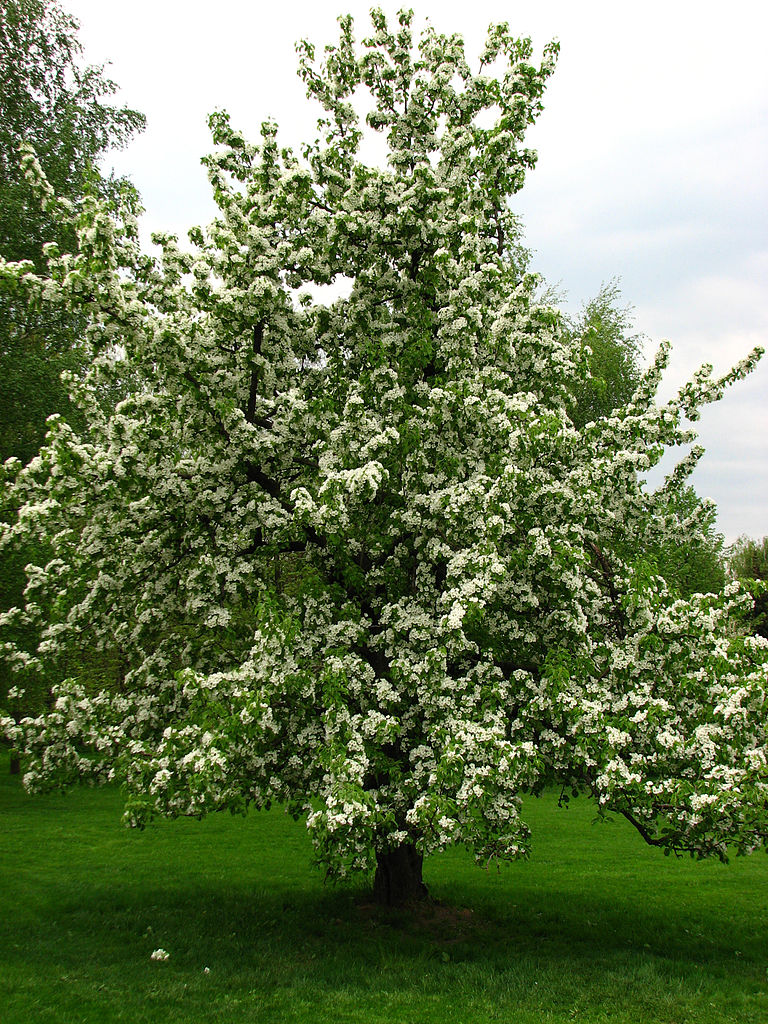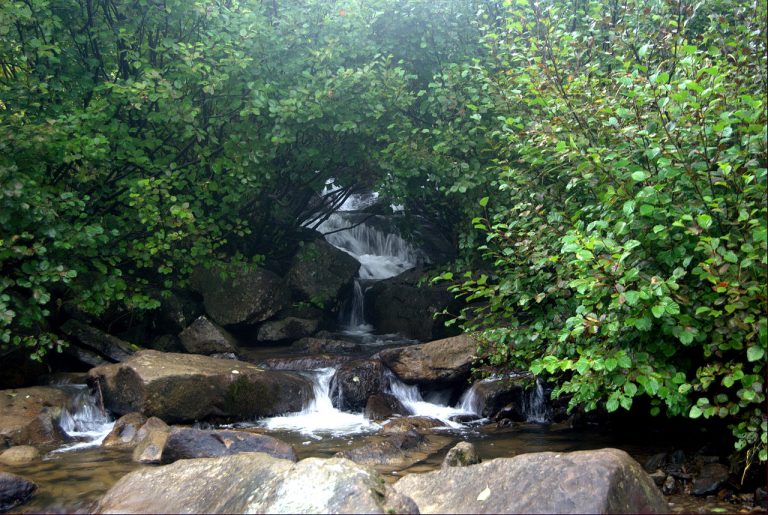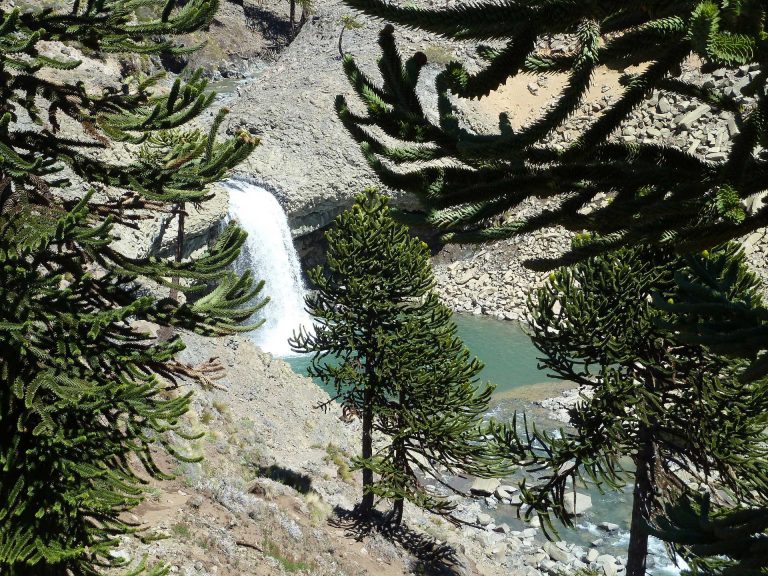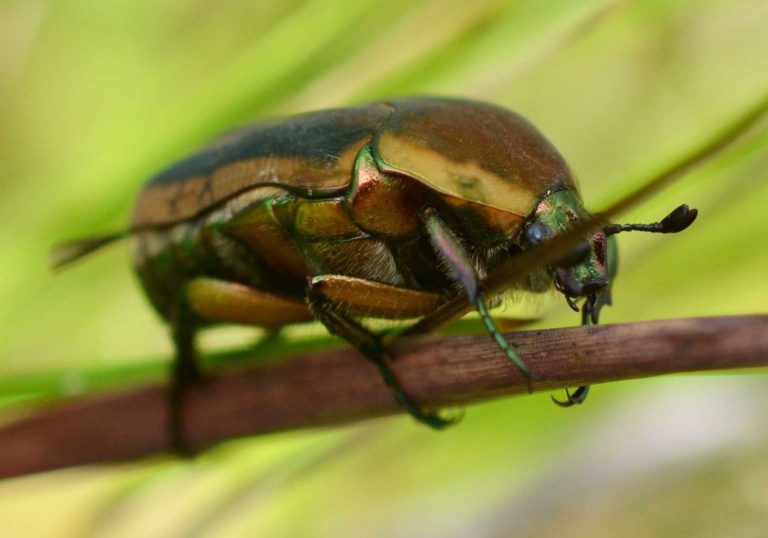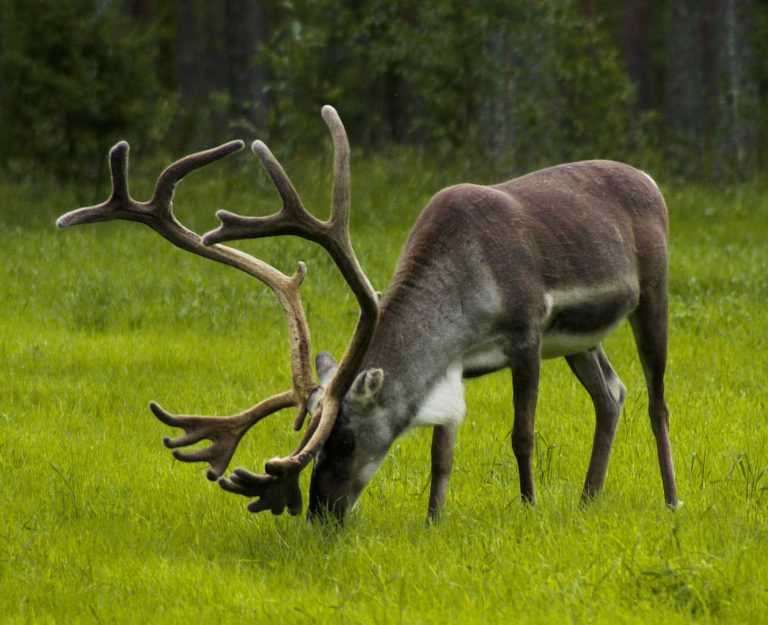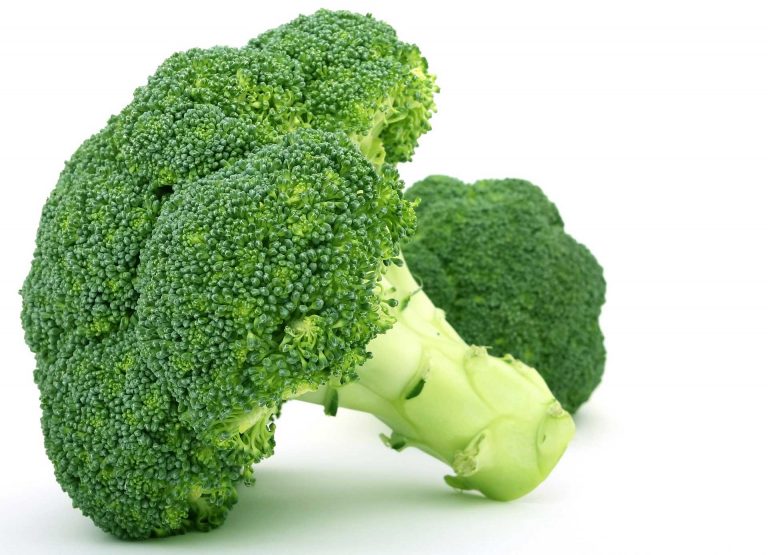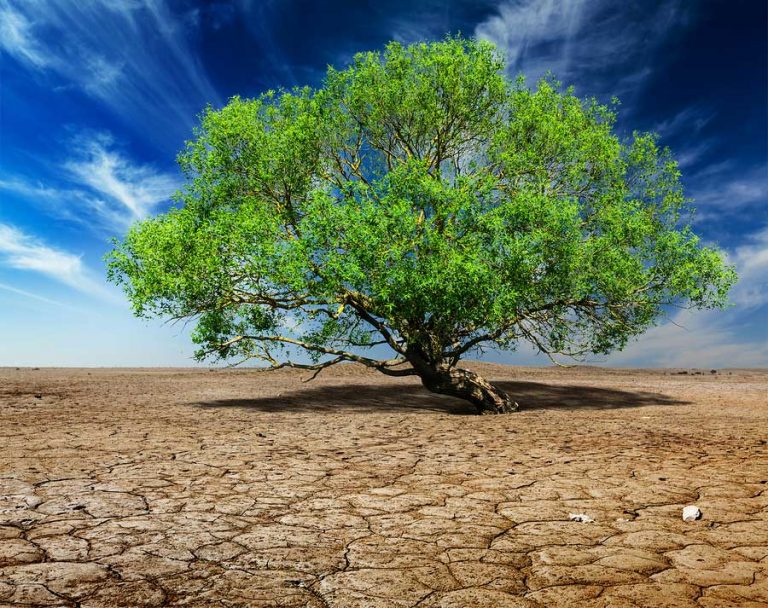Fruit Trees
A fruit tree is characteristically one that produces fruit for consumption, either by human beings or by some animals. All flowering plants bear fruits; they are the ovaries of flowers with either one or many seeds that later ripen. The term horticulture indicates ‘fruit trees’ that bear fruit that is used as food for human beings. They are also inclusive of “fruits” used for cooking and those that contain nuts like walnuts.
Apple Tree
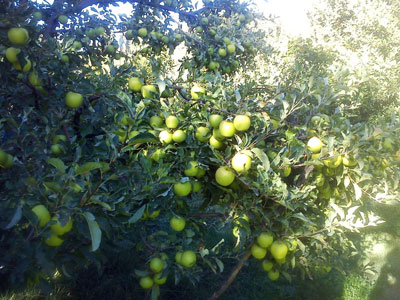
Pomology is the study of the scientific way of cultivating fruits, thus segregating them into groups on the basis of anatomy and plant morphology. A few of them are: Fruits called Pome that comprise of pears, apples, and the stone fruits, such as plums, cherries, apricots, nectarines/peaches and almonds.
Pear Tree
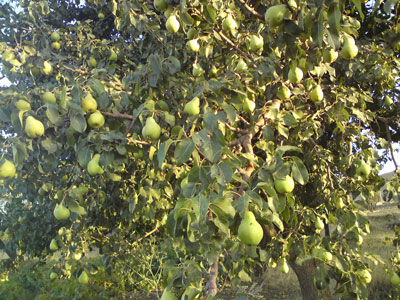
Fruit trees are grown in different forms; at times to appease the eye. However, the main purpose is to promote the production of fruits. Pruning and guiding, helps in forming and shaping the fruit bearing trees. Based on the existing environmental conditions, it is possible for you to give a specific tree a shape you desire and encourage it in certain ecological situations, to boost the quality of the fruit and improve the yield. For instance, when a tree is trimmed in a pyramidal form, it helps in planting trees close to one another.
Plum Tree
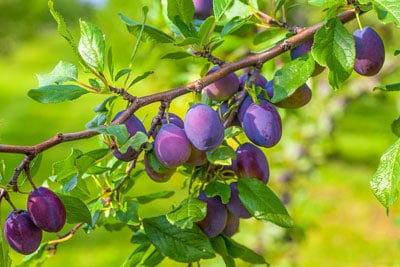
Fruit trees are planted not only to yield fruit for consumption, but also for supplementing the artistic significance in landscaping to enhance the aesthetics of every home. Visualize the splendor of a well maintained orchard of fruit bearing trees. In the season when the trees do not bear fruit, the lush green leaves provide a beautiful greenery to your garden. Further, during the fruit bearing season the flowers give you great pleasure, and later on, the tiny fruits form and mature. That is the reason why most agree that fruit trees are a great asset in every season.
Just like other trees, fruit bearing trees too need special attention and care for their best development. In addition, trimming the branches, regularly and supplementing the plants with enough nutrition, enhances most favorable growth. Discard the withered and infected portions and prune your fruit trees, to induce new branches. You see, decorative plants are trimmed for their beauty to get a shape of the canopy, but fruit bearing trees are trimmed to organize their expansion as well as reducing the infections or ailments.
Cherry Tree
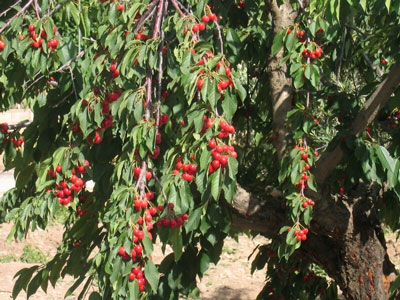
Certain fruit bearing trees need guidance that necessitates you need to tie their branches to obtain the desired shape. The majority, of the trees need trimming to maintain the formation that one wishes. But, all the varieties of fruit trees are not appropriate for all shapes; pears, cordons, espaliers and apples excel, whereas, cherry trees prosper, spreading in a fan like shape.
Bush
An apple tree customarily has the form of a short trunk, below 1 meter (3 feet 3 in) with a crown of open-center. Bushy trees are easily maintainable and bring forth fruit while they are young. And their height when fully grown is between 2 m and 5.5m (5-7ft and18ft), this is based on the type of the root-stock that you use.
Standard
Trees that are bigger than the bushy shape have trunks above 2 meters (6 -7 ft). Typical trees attain a final height of 8 m (26ft). Ultimately they are high yielding, and on account of their big size they are difficult to manage.
Pyramid
Similar to the bushy trees, the leading shoots uphold their height; it results in the shape of a pyramid.
Spindlebush
This is a variation of the pyramidal formation. Here the branches on the lateral side are guided in a horizontal arrangement by tying them down. This is the pattern used where the orchards are densely planted. At present, this is the trendiest guiding method implemented for the dwarf fruit trees like the pear and apple trees.
Cordon
These types of trees are single-stemmed, and are planted at an angle (generally 450), as a result of which, spurs for fruit are promoted to develop alongside the stem. The branches on the sides are discarded by trimming. Cordons occupy a small area and bear fruits much before the other formations’ achieving an extra type in a limited space. However, they yield lesser for each tree. The Bouche-Thomas system is a unique setup for cordon.
Espalier
This variety of trees have a perpendicular trunk having 3 – 4 branches on either side.
Fan
These types of trees possess one short trunk in the center and many branches that radiate from the crown.
Step-over Espalier
These types of Espaliers contain only a single tier of flat branches that are 30cm above the ground and form an original edging for a plot of vegetable.
Studies are conducted on the mango trees in South Africa discussed various systems like the closed vase, compared open vase, palmette (like the palm shaped leaves of a palm tree), Central leader, and the typical pruning systems (standard), and recommended a modification of a pyramid between the closed base system and the central leader, where the mango orchards have high-density crop.. Studies also took the evaluation of pruning both post-harvesting and also post-fruit-set, and concluded that the cultivars of mango benefitted more when the fruit trees are pruned during the fruit bearing in the end of fall, but early cultivars offer best results after the harvest.For your information, a “cultivar” represents a plant grouping chosen for popular distinctiveness that one can maintain by propagation.

Having discovered a fondness for insects while pursuing her degree in Biology, Randi Jones was quite bugged to know that people usually dismissed these little creatures as “creepy-crawlies”.

